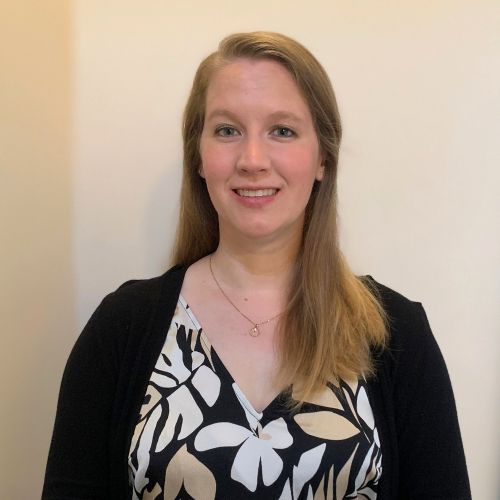The ALOS fell from 13.4 days pre-intervention n=981) to 11.8 days (n=284). The patient and family feedback discharge survey top box scores for caregiver overall inpatient experience improved from a baseline of 62% (n=59) to 72% (n=27). The team will continue to enhance the NRP clinical pathway. The session will highlight how the multidisciplinary team utilized an improvement framework to drive measurable improvement in reducing the length of stay and developing of a family-centered care model for pediatric patients with malnutrition, requiring acute inpatient medical stabilization. It will demonstrate the use of quality improvement tools that were leveraged to define, diagnose, test, and implement interventions. It will also provide details on the data-centered approach the team took in developing the cohort, understanding the baseline data, setting measurable goals, and developing a project dashboard to measure and monitor improvements over time.
Problem: The Adolescent Medicine Inpatient Service experienced a 60% increase in the volume of patients with severe malnutrition requiring acute medical stabilization in fiscal year 21. In the same time period, patient average length of stay (ALOS) increased from a baseline of 12.5 days to over 13 days
Measurement: We developed a cohort and automated clinical data from the electronic medical record into the project dashboard for the team to measure determined outcomes, processes, and balancing measures. There were various quality improvement tools used throughout the project that included process maps, driver diagrams, and PDSA cycles to test interventions
Analysis: The team used diagnosis codes and other clinical indicators in the electronic medical record to identify the targeted identified patient cohort. Once the cohort was finalized and validated, we developed an automated project dashboard. The team leveraged Statistical Process control (SPC) charts to measure project outcomes throughout the project
Implementation: The team developed a robust care model that included a patient and caregiver education framework, new education materials, nursing-driven orientation workflow, and clinical pathway improvements. Healthcare quality professionals can learn how to integrate the use of QI tools, and analytics to drive clinical and operational improvement in a multidisciplinary care model



